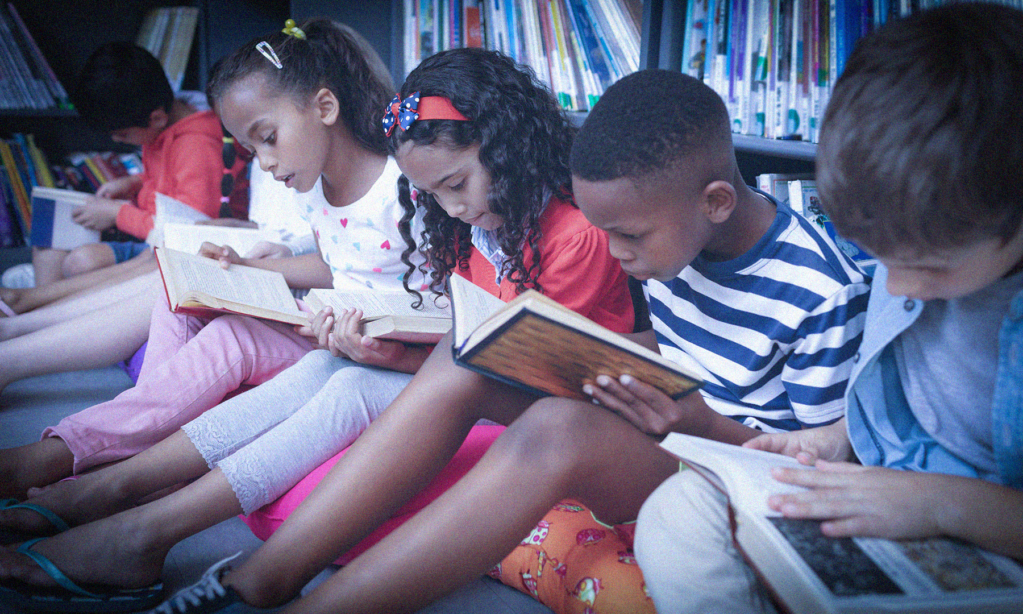A few years ago, when Ontario’s then-topical new sex education curriculum came up in conversation, an aerospace engineer lamented over a plate of nachos that learning about different sexualities could “influence children” – a sentiment steeped in homo- and trans-phobia.
In 2018 that Liberal curriculum would be significantly scaled back by the incoming Conservative government, who argued that parents have the right to “choose” what their children learn about gender identity, expression, and sexuality. (Some might suggest that this narrative was central to their campaign.) More recently, Ontario’s Conservative government scrapped anti-racist language from the updated Math curriculum and Indigenous knowledge framework from the Science curriculum.
In 2019, touting parental rights, Alberta’s UCP government repealed the previous NDP government’s (Bill 24) protections around disclosure of students’ participation in gay-straight alliances and queer-straight alliances.
Recently, while visiting a friend in Alberta, I was treated to the secondhand claim that teachers now must respect the right of students to identify as animals or inanimate objects “like a table.” In the silence that followed, I replied “that sounds like one of those overly exaggerated slippery slope reactions to respecting gender identity.”
The topic of conversation changed fairly quickly.
Not long after, I came across a twitter thread by the Newfoundland and Labrador English School District addressing harmful claims circulated online that schools were placing litter boxes in hallways for students who identify as cats.
Other petitions have circulated, calling these guidelines for Creating learning environments that respect diverse sexual orientations, gender identities and gender expressions “totalitarian” and “anti-Catholic”.
It’s not difficult to recognize the damaging nature and dangerous intention in claims trivializing gender identity and framing those who may identify differently than their birth-assigned gender as non-human. But this is how disinformation and misinformation spreads and, in this instance, how it stokes the embers of longstanding and transphobic “bathroom debates.”
The curriculum developments and classroom advancements I’ve referenced above have something in common: by being more inclusive, they decentre the default identity – what’s considered “normal”.
Negative reactions to such developments have something in common as well: they’re a demand – sometimes a violent one – for a retreat to a former status quo.
These reactions run the gamut from dismissal, ridicule, rhetorical and ideological gymnastics (often chock full of fallacies that can be characterized as mis- and dis-information), to outright aggression, and violence. Of course, many reactions contain several or all of these elements at once.
Often, negative reactions to progressive policy and curricula (particularly those involving gender and sexual identities) share a common theme of moral panic. Movements or identities that ‘deviate’ from the status quo are positioned as a threat to ‘traditional’ values or behaviour deemed socially ‘acceptable’ that typically centre the white, straight, able-bodied, affluent (or at least economically secure) male as both the ‘norm’ or default, at the top of the socioeconomic hierarchy.
So-called ‘threats’ to that norm are sensationalized through fear mongering tactics that often rely on othering, dehumanization, and disinformation. These tactics can also include assertions about (often inaccurately characterized or vaguely defined) individualized rights – such as “parental rights” (very prevalent in debates about education) or “freedom of speech”.
The norm is often defined less by what it is, than by what it is not. For those who identify with that norm, and are, by default, at the top of the social hierarchy, efforts to expose how the hierarchy was constructed and maintained (through, for example, systemic racism, colonialism, and patriarchy) or suggestions that the norm should not, or may not, in fact, be “the norm,” can be met with feelings of discomfort. Left unexamined or unaddressed, this discomfort can turn into resentment and hatred.
Perhaps readers have seen this in the angry backlash to what’s been referred to as “cancel culture” or “woke culture” (where others pontificate about “the pendulum swinging back”). However, rather than surrendering to the pattern of backlash, it might be more prudent to reflect on that discomfort, sit with it, and grow from it. But how? And what role can schools play in this growth?
First and foremost, it is important to recognize two things: 1) other groups and identities gaining rights and recognition does not mean that your own are in jeopardy; 2) facing consequences for any of those reactions that run the gamut from ridicule to physical violence is not oppression.
Schools play a large role in shaping young minds. Do we want those minds to be critical, open, and inclusive? And would we want our own children, niblings, or grandchildren to face barriers to success based on their identity and/or ability? If we answer no, is it okay for other people’s kids to face barriers to success based on their identity or ability? Is it acceptable for a broader examination of hierarchy and identity to be shut down as a result of personal discomfort of those who have, traditionally, held positions of power?
Schools can be places where children learn, grow, and thrive – but they should be places where every child can learn, grow, and thrive regardless of their identity or ability. They should be spaces in which creativity, expression, and challenging norms and injustice are encouraged. While schools have a long way to go to become fully equitable, safe, and inclusive, policies (such as Ontario’s pre-2018 Health and Phys-ed Curriculum) that support school communities in both identifying and then decentring the default identity, and provide students with the tools to do this themselves in their daily lives are steps in the right direction.







